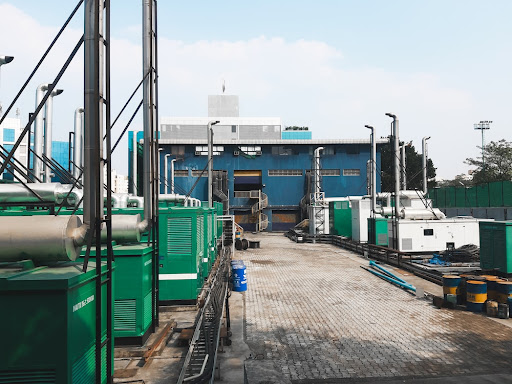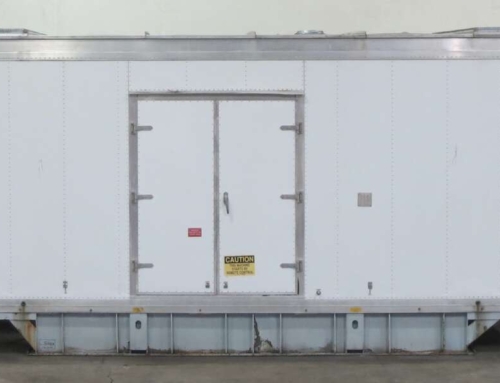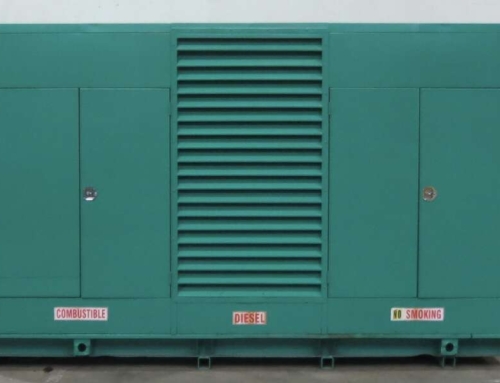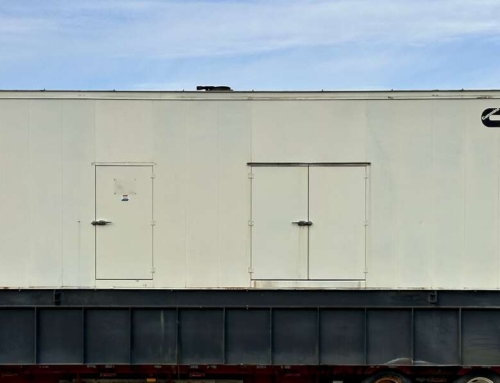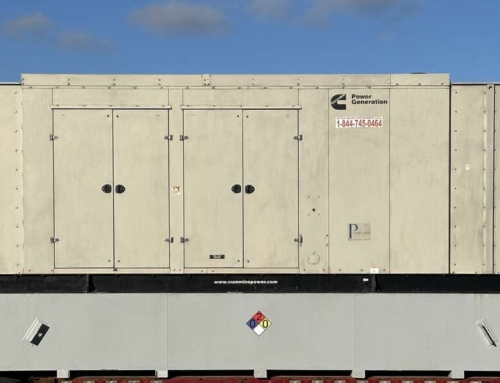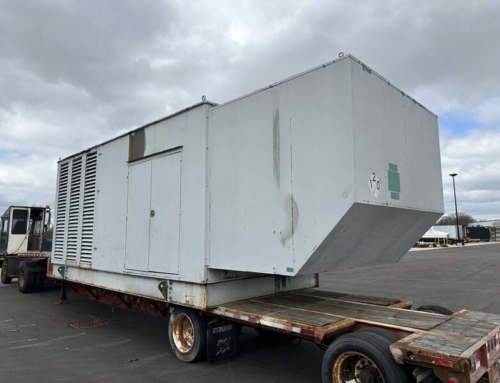It may seem simple to rely on a generator to keep your business running in the case of a severe blackout, but how can you choose which kind of generator would best meet your needs? Do you require a standby, prime, or continuous generator?
Electricity needs vary depending on the type of business. Although they serve as an emergency backup when the grid is down, not all generators have the same qualities.
If you choose to purchase a generator for your company, there are differences between standby, prime, and continuous run generators that you should be aware of.
Generators at a Glance
Generators are a common sight in many industrial-grade settings. When the power goes out, they supply electricity so that work may continue without interruption. For various uses, there are several types of generators.
In the case of a power loss, they can power lights, air conditioners, and other equipment. You must be aware of how generators operate if you depend on one to keep your business operating.
There are three different types of generators: continuous, prime, and standby. Making the appropriate generator purchase for your needs will be easier if you are aware of these distinctions.
Continuous Generator
A continuous generator, also known as a continuous-duty generator or continuous power generator, is made to deliver electricity continuously. When using liquid propane or natural gas as fuel, it can operate nonstop for 24 hours a day without any interruptions.
These kinds of generators are frequently employed in industrial settings to supply electricity for a variety of equipment, including air conditioning and manufacturing gear, where daily demands for huge quantities of power are made.
They are frequently employed to maintain equipment like freezers in food delivery facilities or hospitals.
Prime Generator
Similar to a continuous generator, a prime generator is not quite as strong as one might assume from reading its name. The objective of a prime generator is to save fuel resources.
Prime generators are likewise intended for continuous operation, but not for 24 hours straight like their counterparts above. Instead, prime generators are intended for brief energy spurts followed by extended periods of inactivity.
A prime generator, for instance, might be used in an office building that only requires electricity during business hours but doesn’t require air conditioning at night or on weekends since it only operates when necessary and not continuously as an uninterrupted power supply (UPS) unit would.
Standby Generator
A generator that is placed to supply electricity in the event of a power loss is called a standby generator. This differs from a prime or continuous generator in that it is not always active.
It may be used in conjunction with your current utility power source and will turn on by itself when the grid goes down because it only operates when there is an outage.
Since a backup generator automatically switches electricity from the utility company to your residence, it is also known as an automated transfer switch (ATS). It is often referred to as an “automatic transfer panel” (APT) or a “battery backup.”
| Generator Type | Usage | Duration | Application | Fuel Type | Maintenance |
| Continuous | Continuous | Unlimited hours | Ideal for applications where power outages are frequent or for extended periods, such as industrial and commercial operations | Diesel, Natural Gas, LPG, Biogas, etc. | Requires regular maintenance and servicing to ensure uninterrupted power supply |
| Prime | Continuous | Limited hours | Suitable for longer durations of operation, such as construction sites and remote locations requiring constant power supply | Diesel, Natural Gas, LPG, Biogas, etc. | Requires regular maintenance and servicing, may offer longer service intervals than continuous generators |
| Standby | Standby | Limited hours | Designed for backup power during utility outages, it is often used in residential, commercial, and critical facilities where brief power interruptions occur | Diesel, Natural Gas, LPG, Biogas, etc. | Requires regular maintenance and servicing and is typically operated periodically for testing and backup power needs |
| Load Capacity | High | High | Can handle heavy loads consistently without issues | Dependent on the model and size | Can handle various loads, typically designed to handle continuous or prime loads |
| Initial Cost | Higher | Moderate to High | Higher initial investment compared to other types due to their durability, longevity, and ability to handle continuous high loads | Depends on model and size | Initial investment varies based on size, capacity, and brand |
| Efficiency | High | High | Operate efficiently for an extended period, often with better fuel efficiency | Highly efficient | Highly efficient, often built with technologies to provide optimal performance |
| Noise Level | Variable | Variable | Generally louder due to continuous operation and higher load capacity | Depends on model and size | Depends on model and size |
| Types of Use | Continuous | Continuous or Prime | Mainly for long operating hours, especially in heavy-load applications such as manufacturing plants, data centers, hospitals, and large commercial spaces | Dependent on specific requirements | Used when a reliable backup power source is required during utility outages |
| Starting Time | Immediate | Immediate to Delayed | Immediate startup within seconds of a power outage | Dependent on specific requirements | Immediate to delayed, depending on the system’s response and its ability to automatically restore power |
Keep in mind that depending on the manufacturer, model, and particular requirements, the features and specifications of each type of generator may change.
To choose the best kind of generator for your purposes, it is always good to speak with an expert or the manufacturer.
The Bottom Line
When it comes to the time we all have, it ultimately depends on your requirements and how much power you need to have. You won’t run out of electricity if continuous generators are running all the time.
However, keep in mind that if you want access to emergency power at all times of the day, continuous generators are more expensive but more dependable.
Although less costly, prime and standby generators are only operational when backup power is required. We really hope that you find this article useful. If you have any more inquiries concerning the installation or kind of generator, don’t hesitate to get in touch with us right away.
Check our new diesel generator inventory, here
Common Questions About Continuous, Prime, and Standby Generators
1. What are the differentiating factors between standby, prime, and continuous generators?
The three different generator types differ mostly in terms of their intended use. A facility or building is constantly powered by a continuous generator.
When there is a crisis, such as a power outage, the facility is powered by a primary generator. A backup generator can be deployed on a site without a fixed electrical service, unlike a prime generator.
2. Can all three different generator types be used as backup power in an emergency?
Yes, all three of these generator types may be utilized as backup power in an emergency. However, you should utilize a prime or standby generator if you need to set up a temporary electrical system during a power outage.
It would be impractical to deploy continuous generators for emergency backup power since they would need to run nonstop for a long time without any pauses or maintenance inspections.
3. What does “fuel capacity” mean?
The maximum quantity of fuel that may be kept in a tank at once without endangering your vehicle is referred to as its fuel capacity.
For instance, the maximum amount of diesel fuel that a 5-gallon tank can contain without leaking or rupturing is 20 gallons.
4. What are some common uses for standby generators?
Standby generators are typically used in larger buildings, such as hospitals, where there is a constant flow of electricity needed at all times and there’s no way for staff to predict when emergencies may occur or how long they might last.
They also come in handy during blackouts because they can be used during emergencies as well as standard operating hours, even if there isn’t an outage occurring.
5. How do I know if I need a continuous or prime generator?
A continuous generator can run at all times without stopping. In contrast, a prime generator must be started manually and then switched over to start running automatically once it reaches a certain speed.
A prime generator will only run when needed and not at other times, so it’s ideal for those who only want power in emergencies.
6. How do I calculate the right generator size?
Calculate total wattage requirements of all equipment and appliances to be powered, factoring in surge demand, then choose a generator with 10-20% extra capacity.
7.What maintenance is required for Continuous, Prime, and Standby Generators generators?
Regular maintenance includes checking oil levels, air filters, coolant, fuel system, and battery, along with periodic load tests to ensure optimal performance and longevity.

